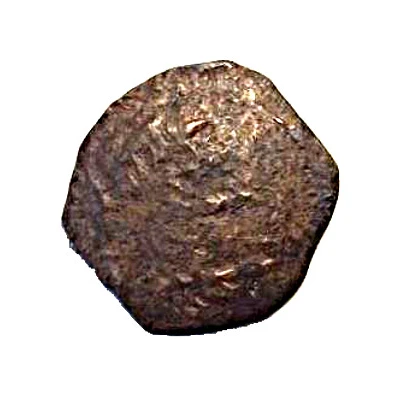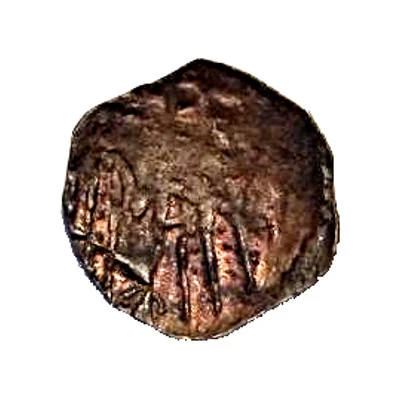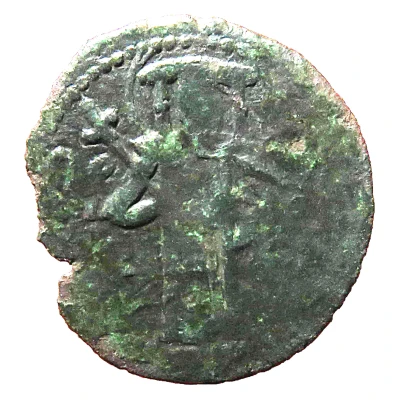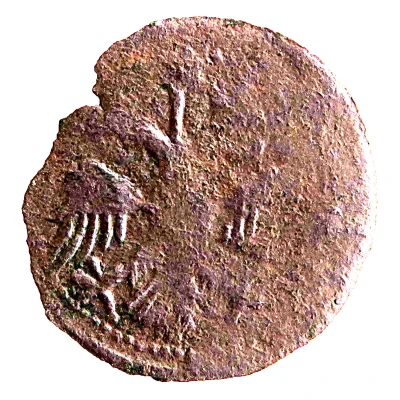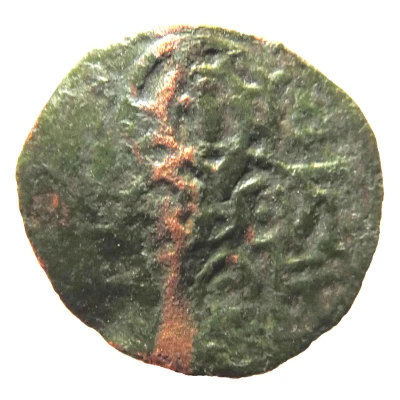
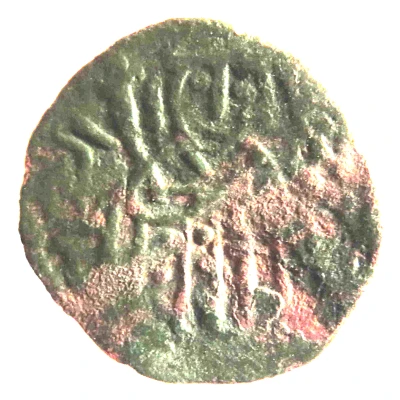

Assarion - Ivan Alexander ND
| Copper | 1.22 g | 20 mm |
| Issuer | Second Bulgarian Empire |
|---|---|
| Type | Standard circulation coin |
| Years | 1331-1371 |
| Value | Assarion |
| Currency | Grosh (1185-1396) |
| Composition | Copper |
| Weight | 1.22 g |
| Diameter | 20 mm |
| Shape | Round (irregular) |
| Technique | Hammered |
| Demonetized | Yes |
| Updated | 2024-10-04 |
| Numista | N#130889 |
|---|---|
| Rarity index | 92% |
Edge
Plain
Comment
Ref# : Constantin Dotchev 2009, p. 176-177Stojan Avdev 2007, p. 170-171
Ivan Alexander (Bulgarian: Иван Александър, transliterated Ivan Aleksandǎr; pronounced [iˈvan alɛkˈsandər]; original spelling: ІѠАНЪ АЛЄѮАНдРЪ), also sometimes Anglicized as John Alexander, ruled as Emperor (Tsar) of Bulgaria from 1331 to 1371, during the Second Bulgarian Empire. The date of his birth is unknown. He died on 17 February 1371. The long reign of Ivan Alexander is considered a transitional period in Bulgarian medieval history. Ivan Alexander began his rule by dealing with internal problems and external threats from Bulgaria's neighbours, the Byzantine Empire and Serbia, as well as leading his empire into a period of economic recovery and cultural and religious renaissance.
Interesting fact
The Assarion coin was issued during the reign of Ivan Alexander, who was the Emperor of the Second Bulgarian Empire from 1331 to 1371. This coin was used as a means of payment and exchange during that time, and its design and materials were carefully chosen to reflect the values and symbols of the Bulgarian Empire. The use of copper as the material for the coin was a common practice during that time period, as it was a readily available and affordable metal that could be easily minted and distributed. Despite its small weight of 1.22 grams, the Assarion coin played an important role in the economy of the Second Bulgarian Empire and remains a valuable piece of history for collectors and numismatists today.
